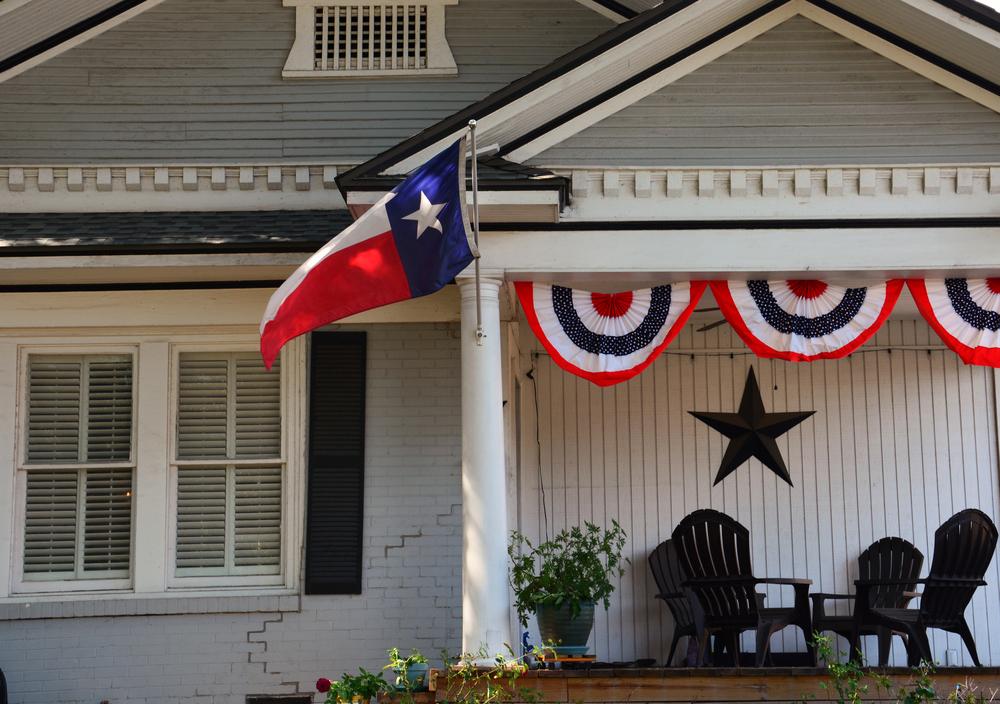
Perhaps you’re looking for a way you can keep your living room cool and comfy during the Texas summers, and warm and cozy in the winter. Or maybe you just had a professional home energy audit done in search of some energy-conserving home upgrades, and beefing up the insulation in your home’s walls was recommended to save you the most money on your energy bills.
Like most homeowners, you may be wondering, “How is that going to work—getting back inside the walls of my home?” It can be a confusing process on the surface, but once you learn about the different types of insulation you can use to keep you home comfortable, upgrading your existing insulation becomes much easier to understand.
Up to “Batt”: Understanding Fiberglass Insulation
The most common material used for attic and wall insulation is fiberglass batt insulation. This is the fluffy pink stuff that comes in rolls and is usually inserted between the panels of your walls. It can be hard to imagine, looking at your living room wall, how one would be able to put in new fiberglass batt panels without tearing down all the drywall and starting over. That’s why fiberglass insulation also comes in loose-fill form!
With loose fill fiberglass insulation, a small hole is cut into the exterior siding (or in another inconspicuous spot), and then the fiberglass is blown into the cavities between the studs in your walls. The density of the insulation is carefully measured to ensure that your walls properly stop the transfer of heat into and out of home.
Spray Foam for a Comfy Home
Loose fill fiberglass insulation is an affordable option and will definitely help keep your living space at the perfect temperature year round. But what fiberglass can’t fix are the small holes and gaps in your walls that allow unconditioned air to enter your conditioned space. This is where we recommend spray foam insulation for the maximum in energy savings and home comfort.
Spray foam insulation is installed using a similar process as loose fill fiberglass; but this foam material expands once it comes in contact with the air in your walls. As the foam expands, it finds those holes and gaps and seals them off, leaving your walls properly insulated and fully sealed off from the outdoors or other rooms in your home.
Proper Wall Insulation with Hill Country Insulation
Taking the time and effort to upgrade the insulation in the walls of your home has far reaching and long lasting benefits:
A cooler home in the summer
A warmer home in the winter
Reduced energy costs each month
A decrease in AC & furnace/heater breakdowns
Longer life expectancy for your heating & cooling system
When you trust the professionals to diagnose the insulation needs of the walls and attic of your home, you can rest easy knowing that the temperature you set on your thermostat is the temperature you home will stay.
Up to 35% of your home’s heat loss can be attributed to poor insulation, so what are you waiting for? Knowing exactly where your home is losing energy begins with a complimentary, certified home energy audit with the home performance specialists at Hill Country Insulation.
